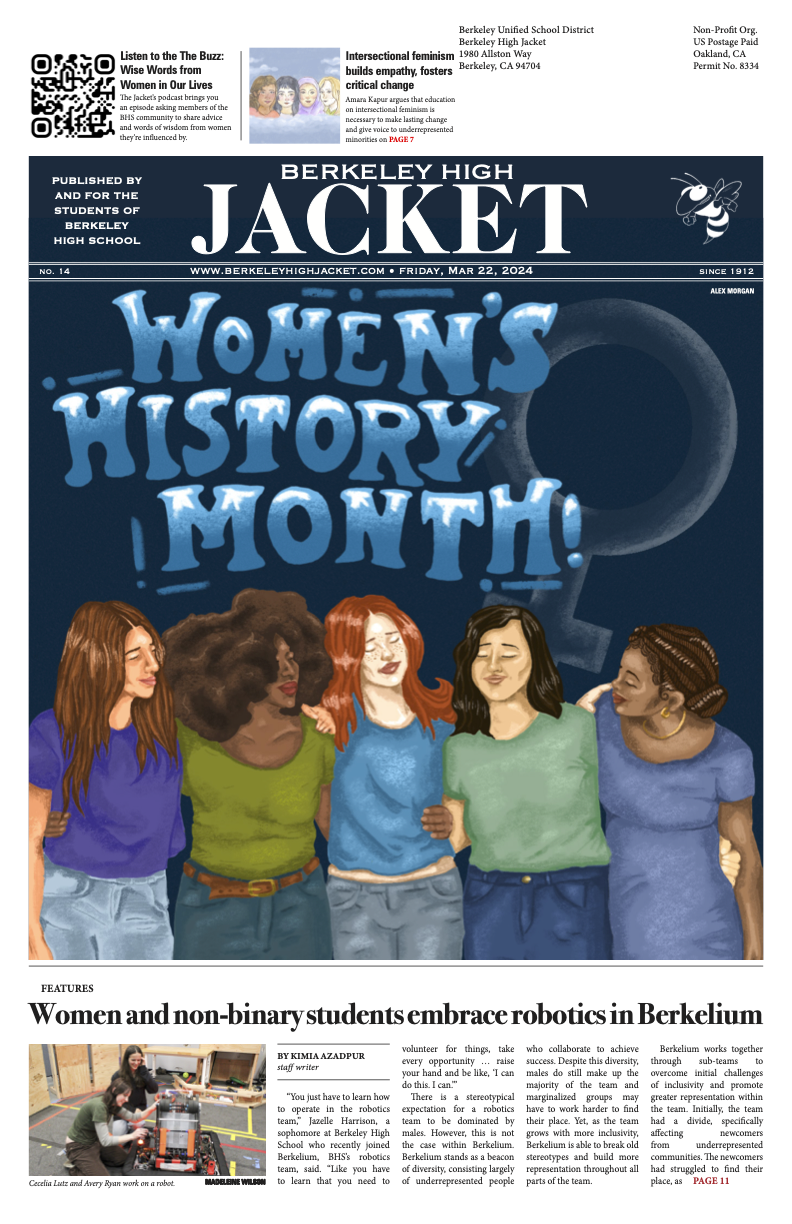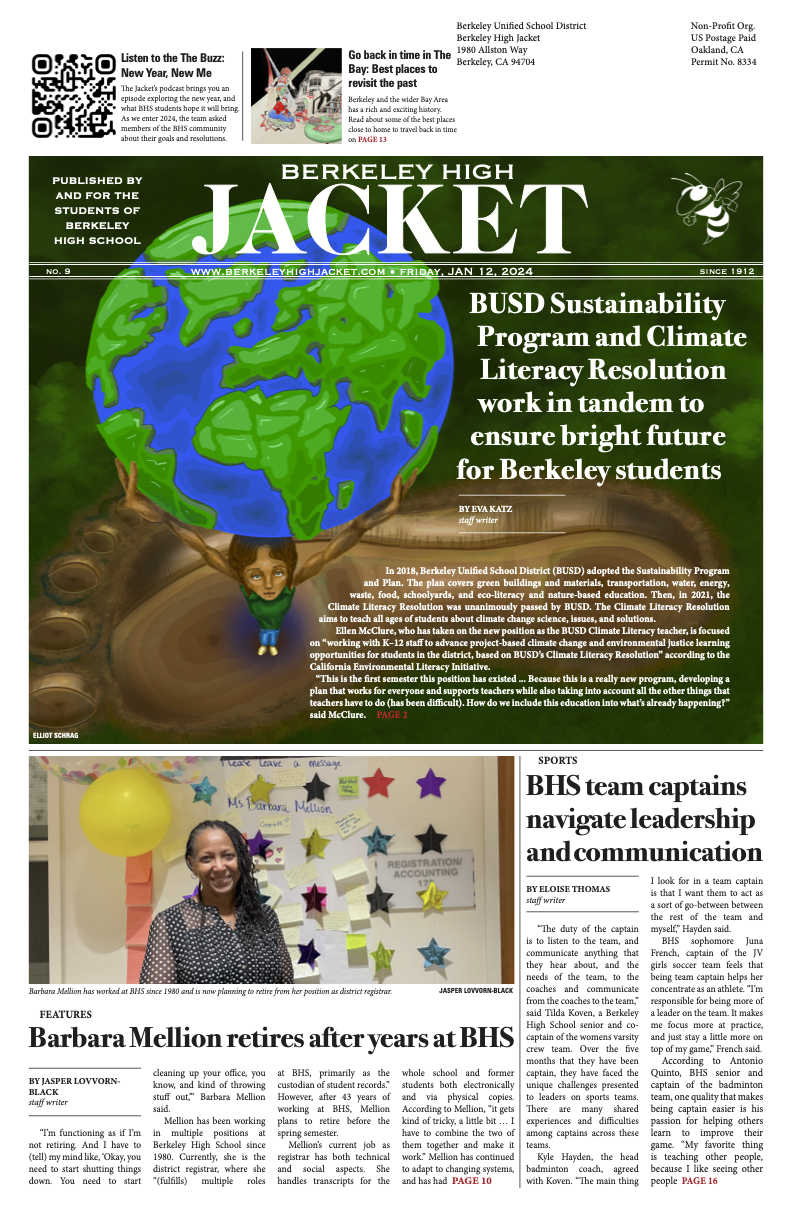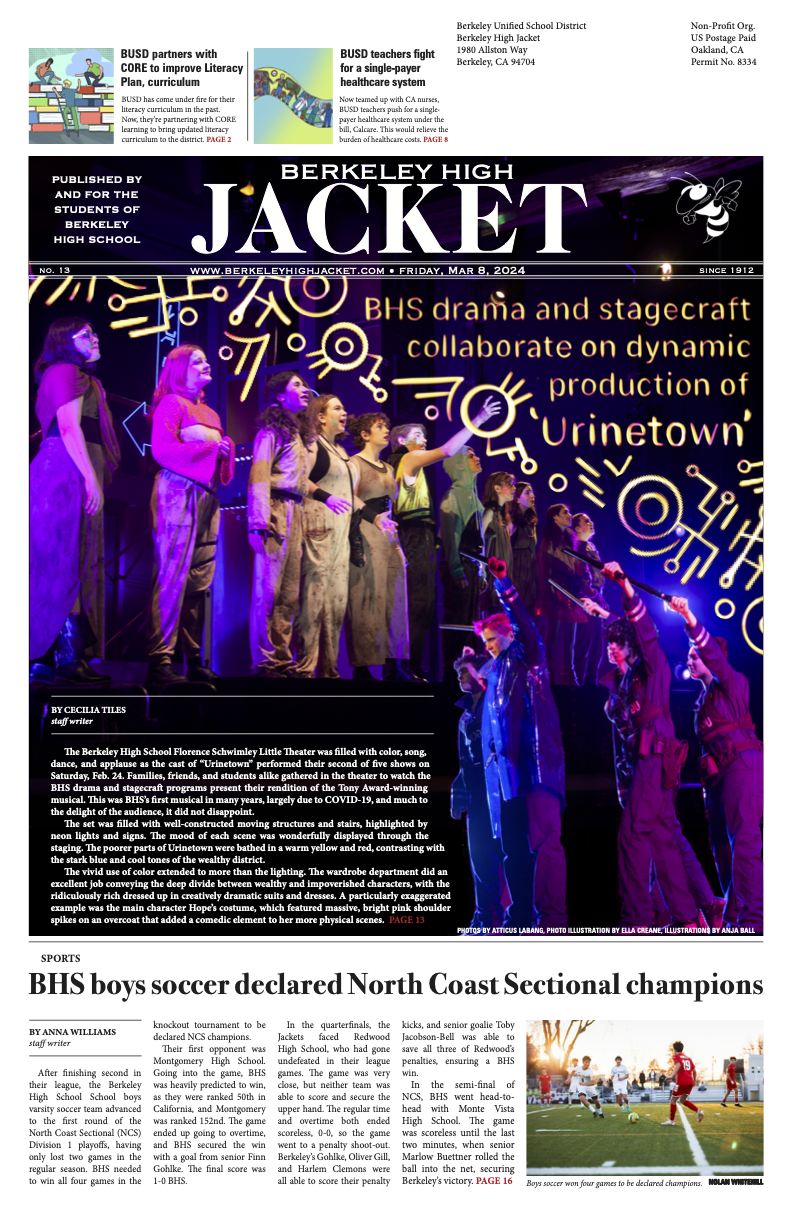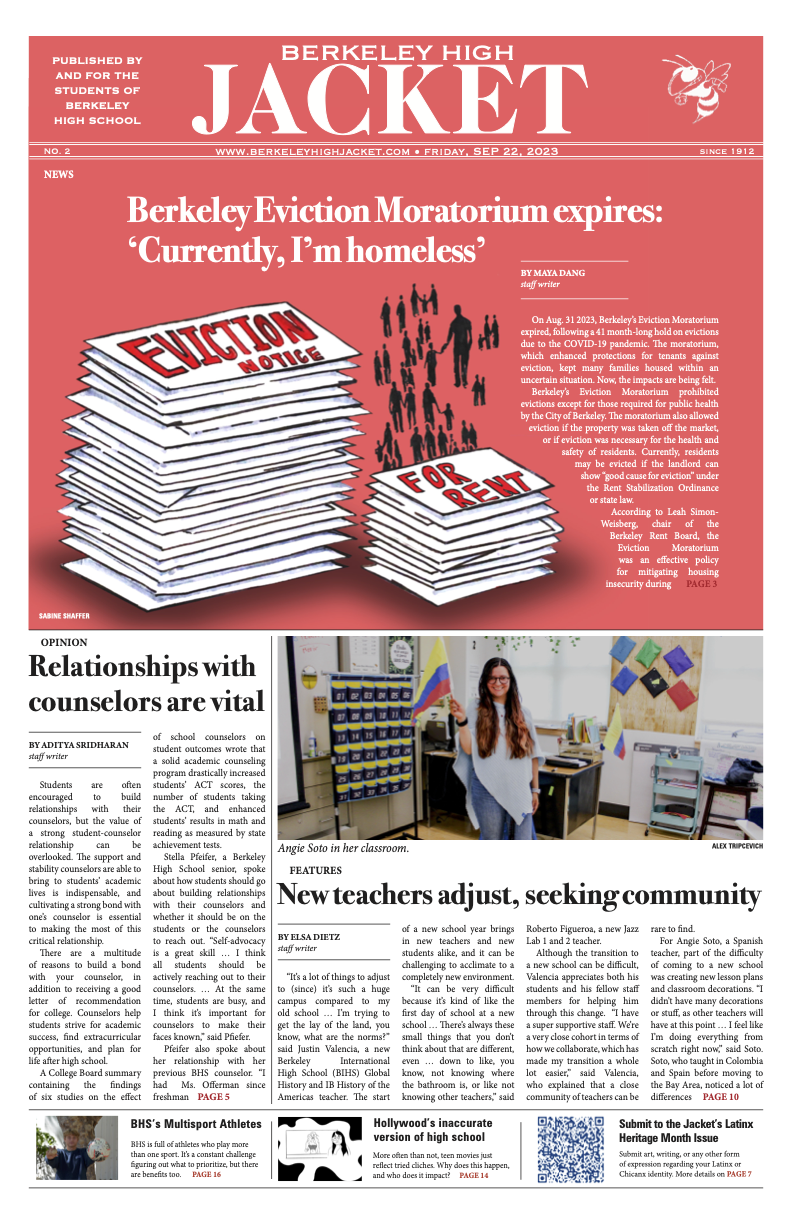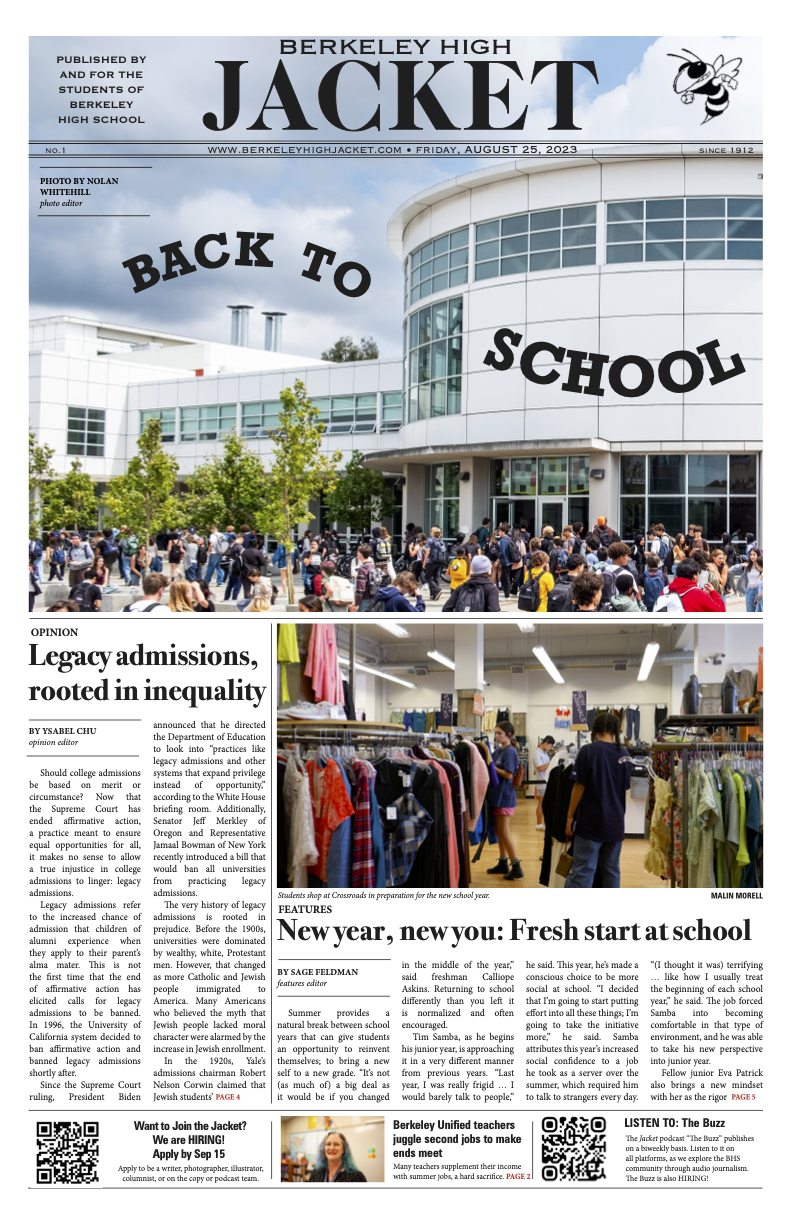Since its inception in 1926, the SAT has been valued by hundreds of prestigious colleges as a means of categorizing students’ academic abilities. The SAT, which is scored out of a possible 1600 points, is accepted by universities worldwide, and SAT scores are a critical part of many high school students’ college applications. According to College Board, over 1.97 million high schoolers in the class of 2024 took the SAT, and a survey conducted by the Jacket found that around 56 percent of Berkeley High School upperclassmen have taken the SAT at least once.
The widespread popularity of the test has led to some students feeling societal pressures to take it, explained Julian Martinez, a BHS senior who took the SAT in May of 2025. “I think when I took it, it was more (that) my family was telling me to do it, my friends were telling me to do it … everyone was saying I should,” he said, adding, “If I had the independent choice, I might not have taken it… it was an extra hassle.” BHS senior Samantha Hester, who plans to take the SAT for the third time later this year, also attributed the pressure around the test to her decision to repeatedly re-attempt it.
Despite this, Martinez now feels that it was a “good call” to have taken the SAT, which not only improved his knowledge on the featured subjects but also allowed him to hone his testing and studying skills, he explained. The exam, which has three sections on reading, writing, and math, mainly tests grade-level skills but utilizes a question structure that may be unfamiliar to some. Compared to preparation for other tests, such as Advanced Placement (AP) exams, Martinez had to teach himself much more new information, which was a “whole different process that I found pretty useful,” he explained, “(The SAT) was really good in terms of learning how to take tests like that.”
However, Hester had a different view. “I know a lot of really, really, really smart people who should have (gotten) way higher (scores, but) ... it's not testing, and whether you know content testing, it’s whether you looked up enough or had a book that told you, ‘Oh, you have to do this trick when this question comes,’" she said.
This connects to how the SAT playing field remains skewed to benefit those in more stable financial situations who can afford more resources. According to a study by Harvard University, children from the wealthiest one percent of Americans were 13 times more likely than those from low-income families to score 1300 or higher on the SAT. This head start begins early in life, when children from higher socioeconomic backgrounds can receive more advanced education through private schools, which has been found to have a direct correlation with higher SAT scores, according to the National Association of Independent Schools (NAIS). Additionally, higher-income students are simply more likely to take the SAT.
This financial disparity was also observed by Martinez, who felt that the SAT was “pay to play.” While it is an extremely beneficial test to some “in terms of the new doors it can open,” students who don’t take it are exempt from those opportunities, he described.
“I think I would take it over and over if I could just to get the best score I could,” Martinez said. “My take is that it really should be free… everyone deserves a shot at it.” This was also reflected by Hester, who felt that she spent “too much money” on the SAT. About a third of students who responded to a Jacket survey said they said they would have taken the SAT more times had it been cheaper.
The price of a basic registration of the test is $68, but factors such as additional score reports or an international student fee can raise the cost. This also doesn’t include spending on tutoring, textbooks, or other preparation materials. However, BHS offers fee waivers for students who qualify for free or reduced lunch, according to a BHS document on the SAT. Students can take the test twice using such waivers. Additionally, some test preparation companies offer discounts on study courses if students meet these qualifications.
According to Yasmin Navarro, a BHS college counselor, the administration understands accessibility struggles around the test and works incredibly hard in order to offer the SAT at BHS. The school offers the SAT for six out of the eight testing windows, which is standard for a school site, according to the College Board. As of the time of the writing of this article, there are still seats available in multiple months.
However, they are contending with budget constraints and a tight timeframe, which limits both the number of students the school can offer the test to and the frequency of testing dates. “It would be beneficial for us as a school… that we make (the SAT) accessible to all,” Navarro said.
Despite the advantages that higher-income students have on the SAT, it still remains one of the more accessible parts of the college application process. According to a study published by the National Bureau of Economic Research (NBER), the adoption of test-optional policies disproportionately harms applicants from disadvantaged backgrounds. Although data collected from Dartmouth applicants demonstrated that disadvantaged students increase their chances of being accepted by 3.6 times when they submit their test scores, those same students are significantly less likely to submit their scores when given a choice.
The SAT is imperfect, but it remains an important metric in the college application process. “At the end of the day, even if you don’t benefit hugely from the SAT, I think it’s still an important thing to learn how to do,” Martinez said. The hope is that moving forward the SAT will become more accessible for all students.
This article was updated on Friday, September 11th at 11:16 PM to include more detailed and accurate information on resources offered at BHS to support students who are interested in taking the SAT.
